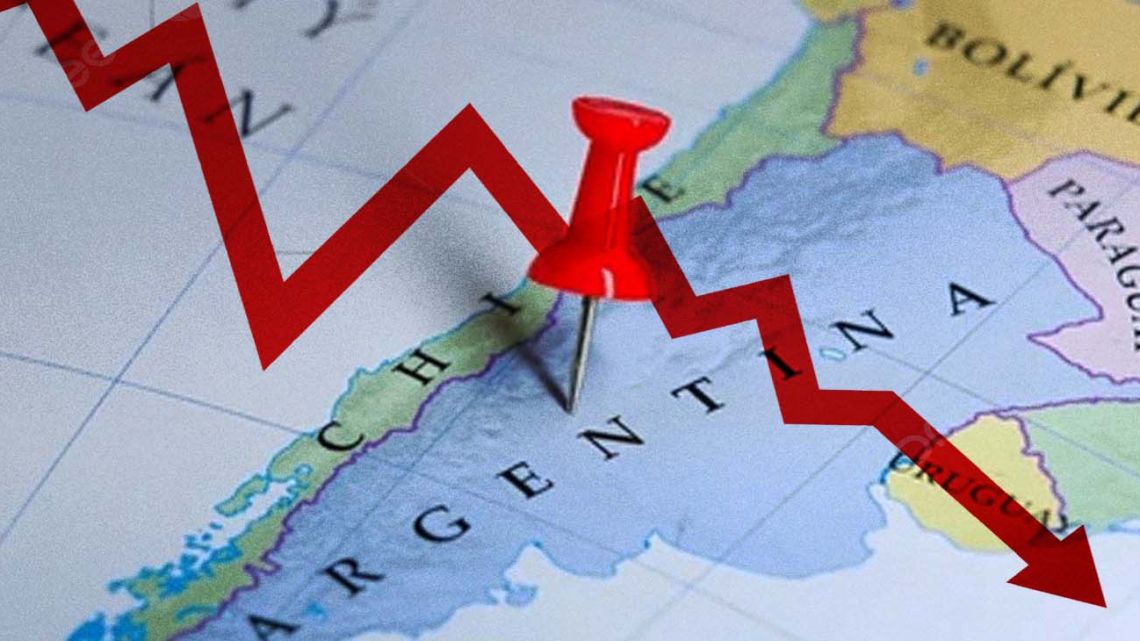Stretching across Neuquén and into the provinces of Mendoza, Río Negro and La Pampa, Vaca Muerta contains the second-largest shale gas reserves in the world and the fourth-largest unconventional oil reserves.
The production of natural gas from the vast formation is at a peak but limited pipeline capacity and the new focus of a free-market government on financing infrastructure could prove to be obstacles to Argentina becoming an important gas exporter in the next decade.
It is estimated that Argentina needs investments of some US$58 billion into new or improved gas pipelines, processing plants and export terminals to handle growing production.
President Javier Milei has replaced direct state investment into gas infrastructure with tax incentives, marking a radical change from his predecessors.
Changes in strategy and long-term objectives
The Milei government’s goal is to export US$15-billion worth of liquefied natural gas (LNG) annually by 2032, proceeding from a current base of zero.
“Beforehand, all gas projects were state public works. Now that is no longer an option,” said Daniel Dreizzen, a former energy planning secretary and director of Aleph Energy.
Argentina’s most recent gas pipeline, constructed at a cost of US$710 million thanks to funds from the state and regional development banking, was inaugurated this month.
But according to the Milei government, it will be the last project financed by the state.
Despite both inflation and Argentina’s country risk rating having been lowered recently by the Milei Presidency, many investors remain cautious, fearing a possible return of interventionist Peronist governments, which in the past fixed prices and violated international contracts.
Infrastructure and global demand
Since 2018, gas production at Vaca Muerta has quintupled to almost a daily 100 million cubic metres (m3/d). Nevertheless, Argentina’s current transport capacity is approximately 130 million m3/d – insufficient even to satisfy domestic and regional demand, according to Daniel Ridelener, the president of Transportadora de Gas del Norte (TGN) distributor.
In order to comply with the LNG export plans, the gas pipelines would need to be expanded by an additional 40-130 million m3/d with the construction of export terminals.
Companies like TGS have proposed projects like an expansion of 14 million m3/d from Vaca Muerta at a cost of US$700 million, although government approval is still pending.
LNG: opportunities and scepticism
YPF, in association with Pan American Energy, is planning to use LNG tankers as from 2027 yet the most ambitious project is Argentina LNG, a land plant of US$55 billion in partnership with Petronas, designed to produce 30 million metric tons by 2032.
According to Alex Jones, an analyst for Energy Aspects, the tankers seem more viable than the mega-project Argentina LNG, which he considers a “coin toss” in terms of probability of success. To this should be added the reported tensions between YPF and Petronas about the terms of the project.
On the other hand, Shell has shown interest in this export terminal. Lecturing in Neuquén, Shell Senior Vice-President German Burmeister highlighted that the assets of Vaca Muerta are “technically competitive” but underlined the need for greater infrastructure, including highways, and the elimination of currency restrictions. “The world will speak more of Vaca Muerta when we are a more credible and trustworthy country,” he affirmed.
Future perspectives
Although the interest of companies like Shell and Pan American Energy augurs well for the development of the sector, international investors are awaiting the elimination of currency controls and favourable results in the 2025 midterms before committing themselves to long-term projects.
Meanwhile, the development of Vaca Muerta continues being the key to positioning Argentina in the competitive global market for natural gas.
Historical record in October
Last month the province of Neuquén produced a record 447,460 barrels of oil, an increase of 0.13 percent over September and 26.35 percent by comparison with the previous October, according to the official data.
Ex-energy official insists on need for investment
“Vaca Muerta can produce all the gas which Brazil and the LNG plants need,” says Neuquén provincial deputy and former Energy secretary Darío Martínez.
Martínez is bullish, highlighting the potential of Vaca Muerta to attend the growing demand for natural gas in Brazil and the development of LNG plants while warning of the challenges faced by the province of Neuquén in terms of infrastructure and fair pricing. He referred to a memorandum recently signed between Argentina and Brazil, opening the door to closer energy collaboration, emphasising the strategic role of Vaca Muerta.
“Any new demand for gas is welcome because more production means more jobs, investment and development for Neuquén,” he declared.
Nevertheless, he pointed out that the current limitations on gas transportation are obstacles for fully exploiting these opportunities.
The provincial deputy underlined that the capacity of the gas pipelines connecting Vaca Muerta with markets both at home and abroad is already saturated.
“Our production already saturates the transportation capacity of the gas pipelines coming out of Neuquén, which serve to supply domestic demand [still not satisfied due to the lack of the second stage of the Gasoducto Néstor Kirchner] and to export our gas in summer to Chile,” he explained.
Martínez insisted on the need for investments to expand the gas transportation network.
“Any new demand for Vaca Muerta gas, to be attended seriously, with continuity, without interruptions and over the long term, needs expansion with new gas pipelines coming out of Neuquén,” he concluded.
– TIMES/NA









